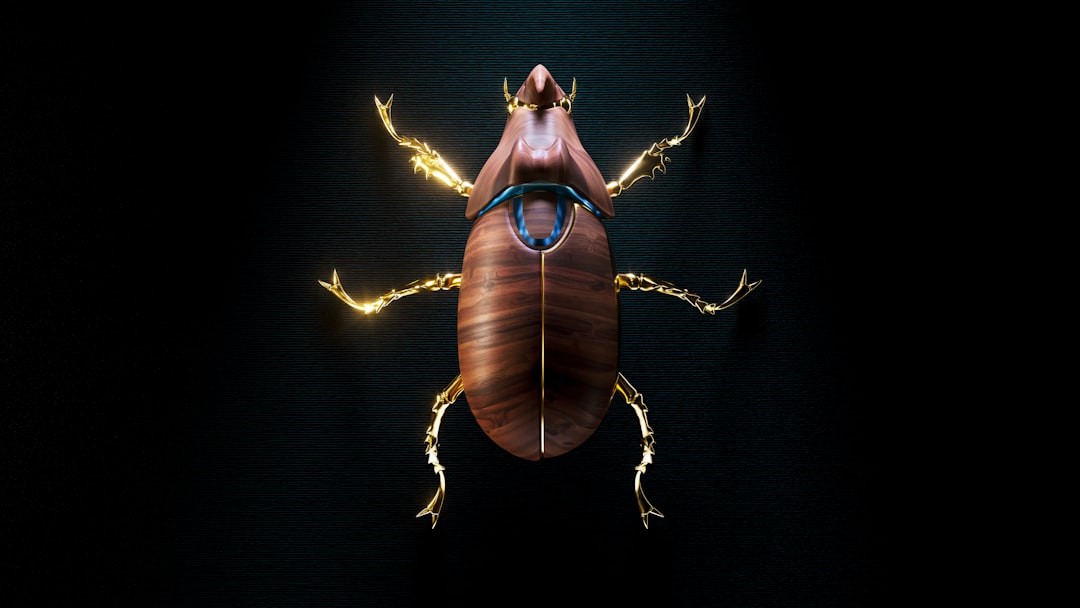The Enchanting Fusion in Connecticut's Gardens

Connecticut's landscapes are a canvas of possibility, and Hollister House stands as a testament to the art of garden design. It offers a unique approach that artfully combines the formality of traditional gardens with the untamed beauty of the wild. This harmonious blend creates a space that is both visually stunning and deeply engaging.
In the realm of garden design, formality often brings to mind structured beds, geometric patterns, and neatly trimmed hedges. These elements provide a sense of order and elegance, guiding the eye and creating a sense of balance. At Hollister House, the formal aspects are carefully crafted to serve as a framework for the more exuberant wild elements.
The wild side of the garden, on the other hand, is characterized by naturalistic plantings, meandering paths, and a sense of spontaneity. It allows for a more organic and free - flowing aesthetic, where plants can grow and interact in a way that mimics the natural world. Native wildflowers, for example, are scattered throughout the garden, adding splashes of color and attracting a variety of pollinators.
One of the key design ideas from Hollister House is the use of contrast. By juxtaposing the rigid lines of formal structures with the soft curves of wild plantings, the garden creates a dynamic tension that is both visually appealing and intellectually stimulating. For instance, a formal stone wall might be softened by a cascade of climbing vines, or a neatly clipped boxwood hedge could be complemented by a patch of wild grasses.
Another important aspect is the layering of plants. In a well - designed garden, different heights, textures, and colors are combined to create depth and interest. At Hollister House, tall trees provide a canopy, under which shrubs and perennials thrive. Groundcovers add a final layer, filling in the spaces and creating a lush, carpet - like effect.
Pathways play a crucial role in guiding visitors through the garden. In the formal sections, straight and wide paths lead to focal points such as fountains or statues. In the wild areas, narrow, winding paths invite exploration and discovery. These paths are often lined with plants that brush against the visitor, adding a tactile element to the experience.
Water features are also an integral part of the design. A formal pond with geometric edges can be a centerpiece in a formal area, reflecting the surrounding plants and structures. In the wilder parts of the garden, a small stream or a natural - looking pool can add a sense of tranquility and provide a habitat for wildlife.
Seasonal changes are embraced at Hollister House. The garden is designed to offer something different throughout the year. In spring, bulbs burst into bloom, creating a riot of color. Summer brings lush foliage and the peak of flowering. Fall is a time of warm hues as the leaves change, and winter reveals the skeletal beauty of the plants and the structure of the garden.
To achieve this blend of formal and wild, careful planning and maintenance are required. The formal elements need regular pruning and shaping to maintain their structure, while the wild areas need to be managed to prevent over - growth. However, the effort is well worth it, as the result is a garden that is not only beautiful but also a living, breathing ecosystem.
In conclusion, the garden design ideas from Hollister House in Connecticut offer a masterclass in creating a garden that combines the best of both worlds. By artfully blending formality and wildness, the garden becomes a place of beauty, tranquility, and inspiration, inviting visitors to connect with nature in a unique and meaningful way.